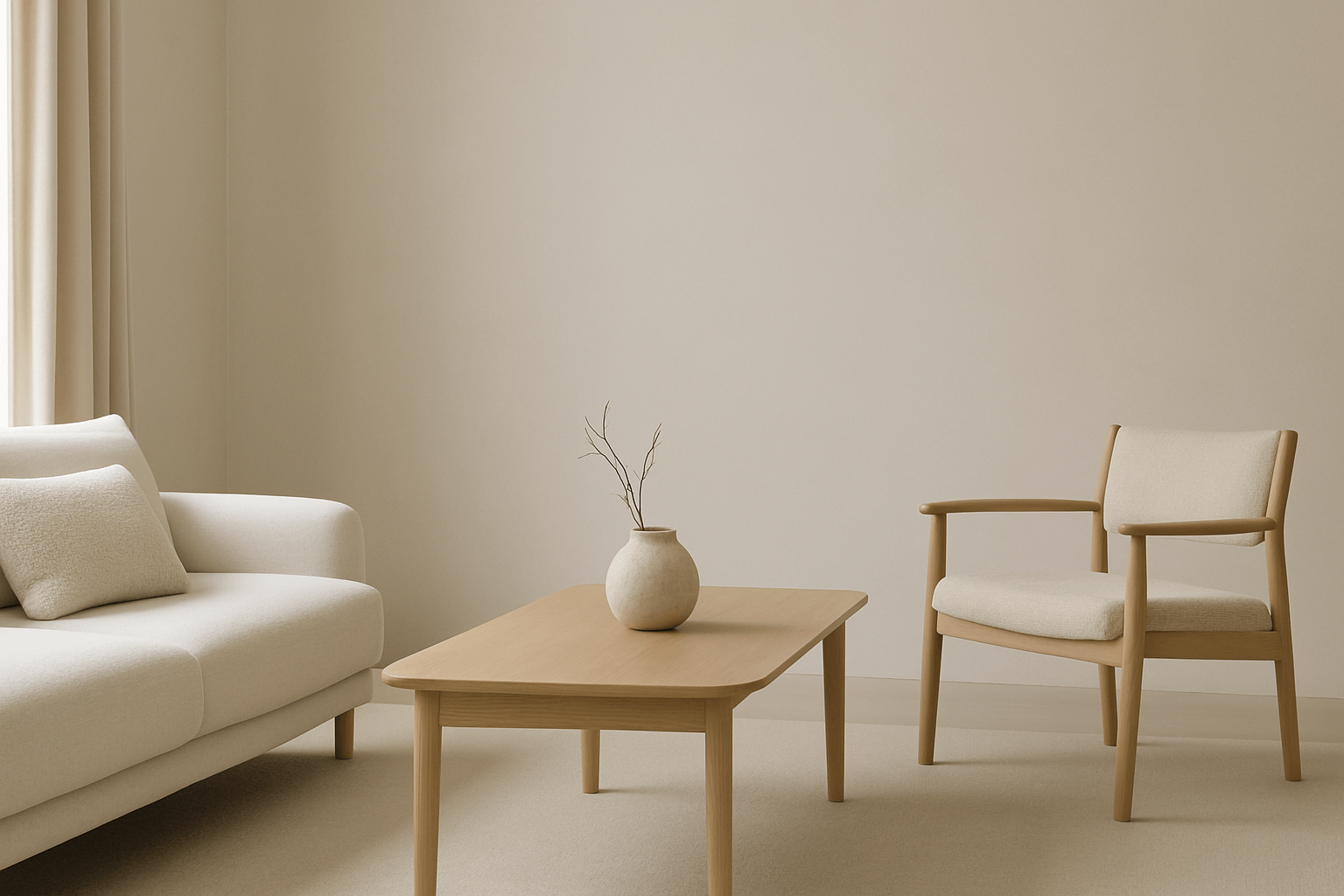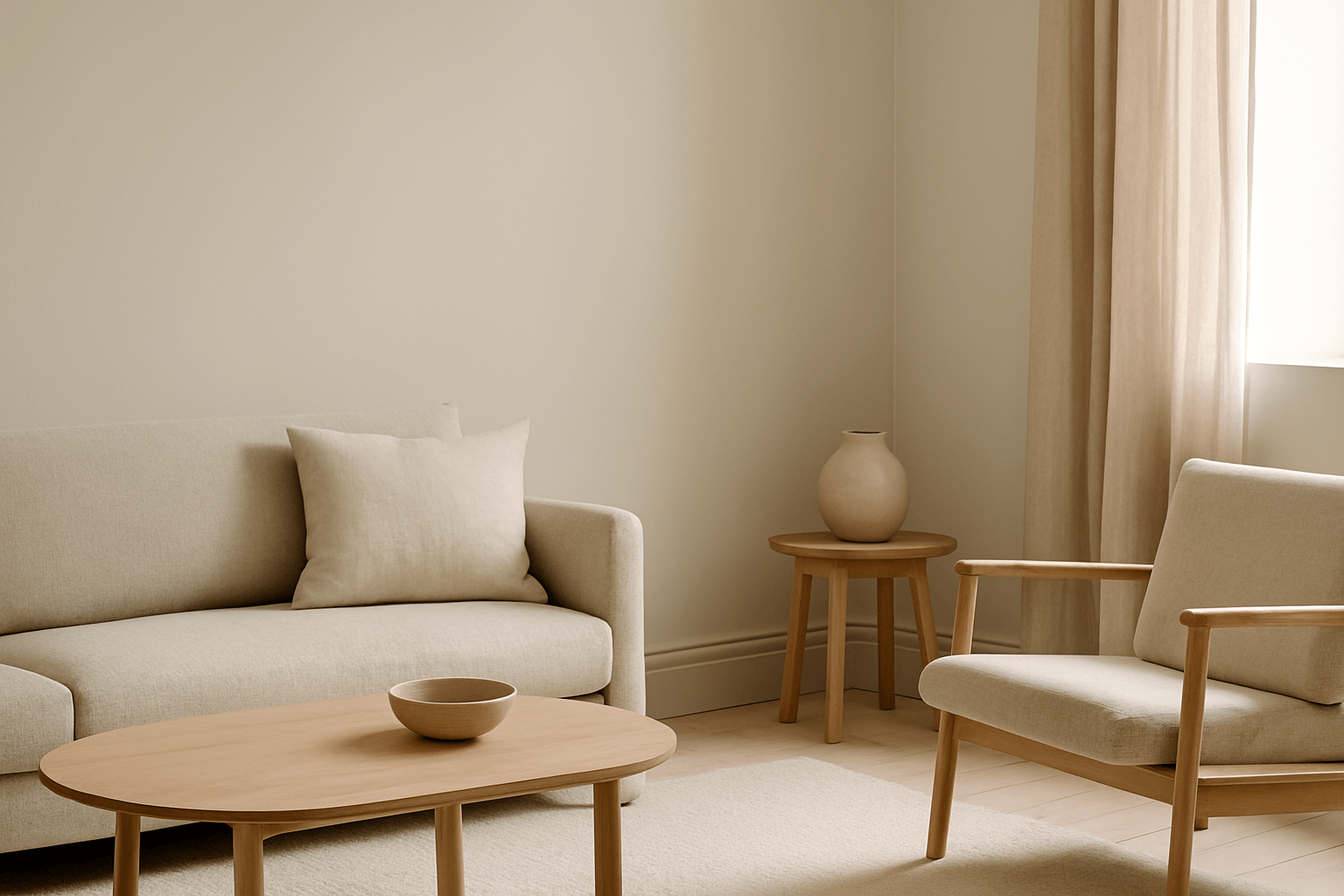What Is Visual Rhythm in Design?
Visual rhythm is the feeling of movement and flow created by how elements are placed in a space. It’s what guides your eye gently across a room, from one point to the next—without friction, without overload.
In minimalist interiors, where excess is removed, visual rhythm becomes even more important. Without it, a space can feel flat or disconnected. With it, a room feels balanced, alive, and deeply calming.
Why Rhythm Matters in a Minimalist Home
-
Adds visual interest without adding more stuff
-
Creates harmony between objects and space
-
Directs attention intentionally
-
Prevents monotony in simplified designs
Rhythm is subtle—but it shapes how we experience a room, even if we can’t quite explain why it feels “right.”
How to Create Visual Rhythm Without Clutter
1. Repeat Forms and Materials
Repetition builds rhythm. Try repeating:
-
Rounded shapes (e.g., a round table, arched lamp, circular vase)
-
Natural wood tones or a specific fabric (e.g., linen, oak)
This gives the space a quiet beat—without being boring.
2. Balance Asymmetry
Asymmetrical layouts can feel more dynamic than perfectly symmetrical ones—if done with care. For example:
-
A lamp on one side of the sofa, balanced by a piece of art on the opposite wall
-
Three pillows on one end of a bench, and a throw draped on the other
This creates gentle tension, which adds life.
3. Play With Spacing
Just like in music, space between beats matters. In design, that means:
-
Leaving space between objects
-
Varying the distance between elements on shelves or walls
-
Allowing some areas to be more open than others
This keeps the eye moving, not overwhelmed.
4. Use Light as a Rhythm Tool
Natural light moving across a room adds a changing, daily rhythm. Use:
-
Sheer curtains
-
Reflective surfaces like clay, plaster, or light-toned wood
-
Strategic furniture placement to “catch” light
5. Group in Odd Numbers
The “Rule of Three” (or five, or seven) still applies. Odd-numbered groupings feel more organic and help build rhythm without symmetry.
Rhythm = Movement Without Noise
In minimalist spaces, rhythm provides the structure beneath the silence. It’s how a room breathes. It’s what makes a sparse space feel full—not with objects, but with intention.
Final Thoughts
Visual rhythm is what makes minimalist interiors come alive. It invites quiet energy into stillness. It guides the eye gently, without shouting.
Minimalism isn’t static. It has a beat. A flow. A pulse.
Design with that rhythm, and your home will feel not just simple—but soulful.
















